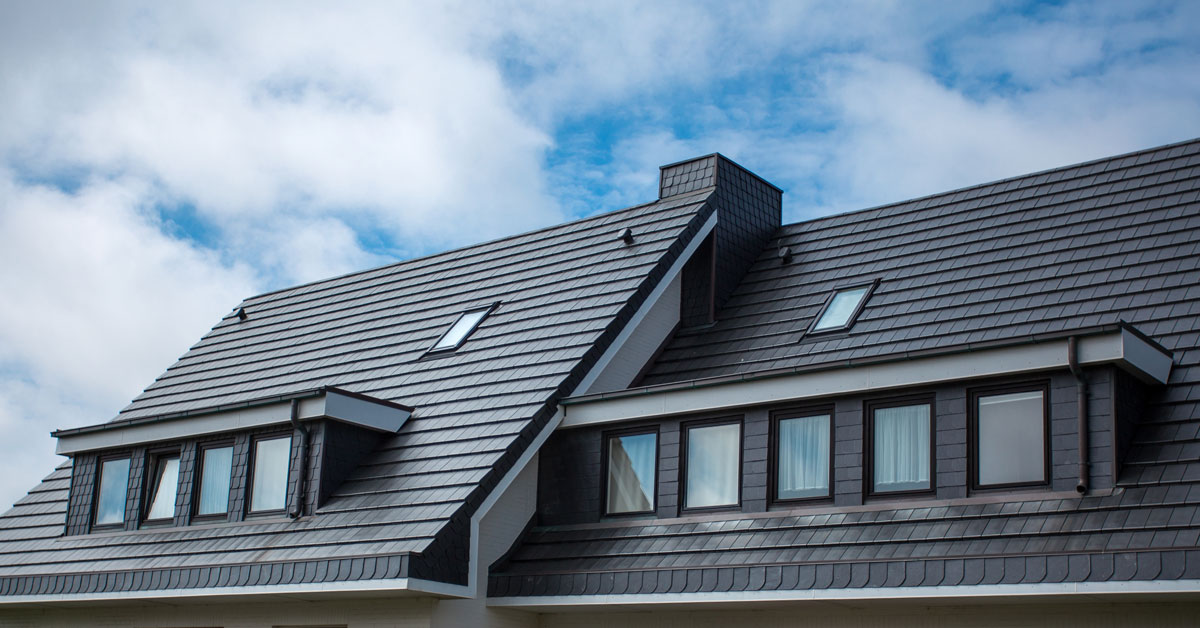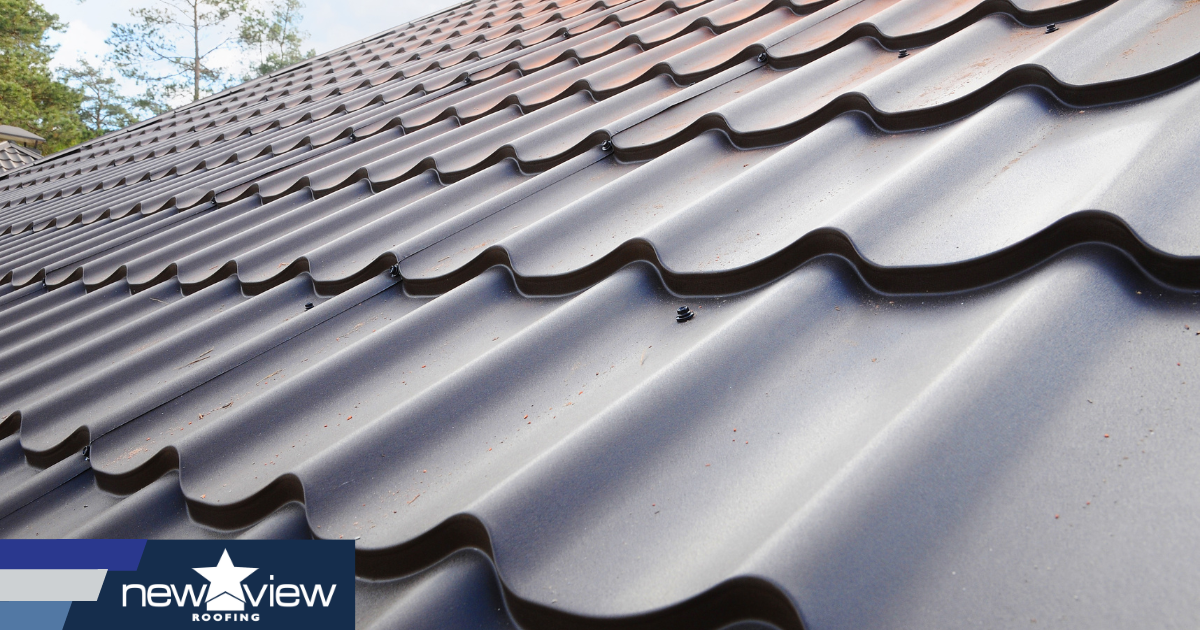Assessing the Solutions Used by Roofing Companies in Gainesville Florida
Assessing the Solutions Used by Roofing Companies in Gainesville Florida
Blog Article
Ideal Practices for Ensuring Appropriate Roof Covering Air Flow
Making certain proper roofing air flow is critical for the durability and effectiveness of a roofing system. A balanced intake and exhaust vent proportion, typically 1:300, plays an essential function, with consumption vents preferably put at the lower edge of the roof covering for cool air access and exhaust vents at the height for cozy air leave. Regular inspections to recognize clogs and keep clear air flow are paramount. Keeping insulation away from vents is vital to prevent airflow limitation. Understanding these fundamental components sets the phase for even more thorough insights into setup and upkeep practices that can significantly enhance your roof's efficiency.
Understand Air Flow Fundamentals
Correctly comprehending ventilation fundamentals is necessary for guaranteeing the durability and efficiency of roof. Effective air flow reduces moisture build-up and temperature level extremes in the attic room, both of which can bring about considerable architectural damages gradually. A well-ventilated roofing helps in stopping typical issues such as mold growth, timber rot, and ice dams, which can compromise the integrity of the roofing materials and the underlying structures.
The primary objective of air flow is to promote the movement of air, permitting a regular exchange in between the exterior and interior atmospheres. This equilibrium is attained with a combination of consumption and exhaust vents that interact to keep optimum air flow. Intake vents, normally located along the eaves or soffits, allow fresh air to get in the attic room area, while exhaust vents, frequently located at or near the roofing system ridge, enable warm, moist air to escape.
Secret aspects affecting the effectiveness of roof ventilation include correct placement, sufficient sizing, and making sure that both consumption and exhaust vents are unblocked. Regular inspection and upkeep are vital to determine potential clogs, damage, or inefficiencies in the air flow system, thus securing the roofing system's efficiency and longevity.
Sorts Of Roof Vents
Roof covering vents play a critical duty in preserving effective attic room ventilation and, by expansion, the overall health and wellness of the roof. Different sorts of roofing vents are available, each with unique advantages tailored to certain roof demands. Ridge vents, as an example, are installed along the roof's height, allowing cozy, humid air to run away from the attic. They use constant ventilation and mix seamlessly with the roofline, making them both reliable and visually pleasing.

Soffit vents are mounted under the eaves and operate in tandem with roof covering vents to make sure a well balanced consumption and exhaust system. By enabling cooler air to get in from below, soffit vents facilitate the expulsion of hot air with top vents. Gable vents, located on the exterior wall surfaces of the attic, offer an additional efficient remedy, particularly in homes with saddleback roofs.
Evaluate Your Present Air Flow

Following, think about the age and problem of your roof materials and ventilation parts. Older systems might not adhere to existing structure codes or may have worn away gradually, lowering their effectiveness. Conduct a comprehensive examination to identify any kind of signs of wear and tear, such as rust, damages, or gaps that might jeopardize the system's performance.
In addition, measure the attic room temperature Extra resources level and humidity levels. High temperatures and moisture can indicate poor ventilation - gainesville fl roofing companies. Make use of a hygrometer and thermometer to acquire accurate analyses, comparing them with outside problems. Relentless disparities suggest prospective concerns that need resolving.
Setup Best Practices
Efficient installment of roof air flow systems is vital for guaranteeing optimal performance and durability. Correct installment begins with understanding the certain air flow requirements of the roof and the building it covers. This entails determining the right proportion of intake to exhaust vents, normally sticking to the 1:300 policy, which stipulates one square foot of ventilation for every 300 square feet of attic flooring room.

Consumption vents need to be set up at the roof covering's lower edge, usually in the soffits, to allow trendy air to enter. Exhaust vents, on the other hand, must be set up near or at the roof covering's peak to promote the departure of cozy, wet air.
Seal all air vent connections carefully to stop air leakages and possible water seepage. Use top quality products and follow producer guidelines to guarantee longevity and effectiveness. Additionally, integrating ridge vents with baffles can considerably improve air movement performance by preventing wind-driven rain and snow from entering the attic.
Ultimately, accurate setup of roof covering air flow systems minimizes possible concerns such as mold and mildew development, ice dams, and architectural damages, making sure the roof's integrity and the structure's total wellness.
Normal Upkeep Tips
Uniformity in maintenance techniques is essential to guaranteeing the long-term effectiveness of roof covering air flow systems. Routine inspections are important, preferably done biannually-- in the spring and fall. Throughout these inspections, ensure that vents are without particles, nests, and other obstructions that can restrain air flow. Check for any type of signs of moisture buildup or mold, as these can show incorrect ventilation or leakages (gainesville fl roofing companies).
Cleaning up the vents is an additional essential task. Utilize a soft brush or a vacuum cleaner to get rid of dirt and debris from consumption and exhaust vents. Beware not to damage the vent screens or louvers throughout the process. In addition, check the attic area for any kind of indicators of water damages, which could jeopardize the honesty of the roof.
Correct insulation is similarly vital. Guarantee that attic room insulation does not block the vents, as this can badly limit airflow. Rearrange or change it to preserve an effective barrier. if any type of insulation has moved or resolved.
Lastly, replace any type of damaged or missing components immediately. Broken vents, broken roof shingles, or worn-out blinking can all add to insufficient air flow and must be dealt with right away. Normal upkeep makes certain that the roofing air flow system operates ideally, thus expanding the life-span of the roof covering itself.
Verdict
Guaranteeing appropriate roof ventilation is extremely important for preserving the performance and longevity of a roofing i was reading this system. Adherence to the 1:300 consumption and exhaust air vent ratio, combined with the calculated positioning of vents, is vital.
A well balanced consumption and exhaust vent proportion, commonly 1:300, plays an essential duty, with consumption vents preferably placed at the lower edge of the roof covering for trendy air entrance and exhaust vents at the height for warm air exit. Consumption vents, usually located along the eaves or soffits, enable fresh air to go Full Article into the attic room room, while exhaust vents, frequently situated at or near the roofing ridge, allow warm, moist air to run away.
Soffit vents are installed under the eaves and work in tandem with roof vents to ensure a well balanced consumption and exhaust system. By enabling cooler air to enter from below, soffit vents help with the expulsion of hot air via upper vents. Adherence to the 1:300 intake and exhaust vent ratio, combined with the critical placement of vents, is necessary.
Report this page